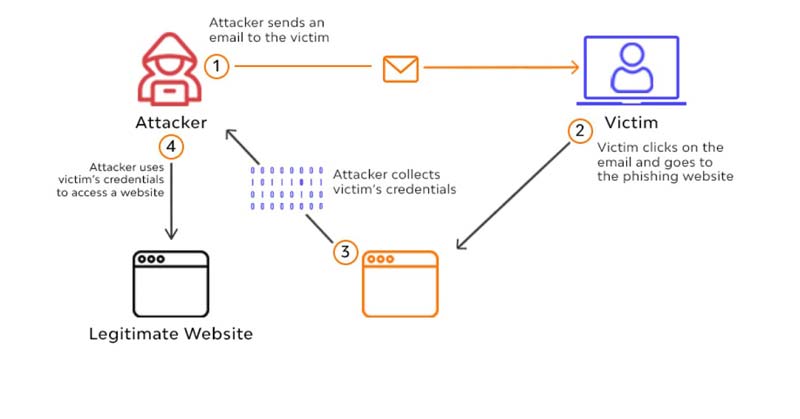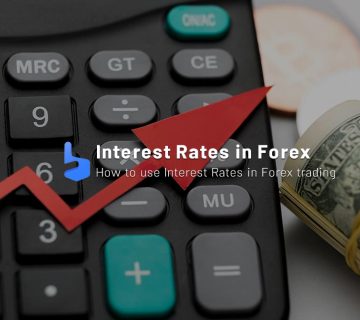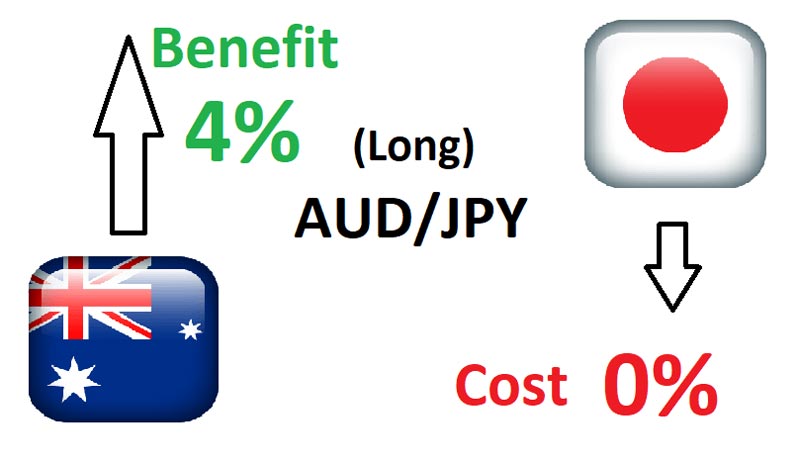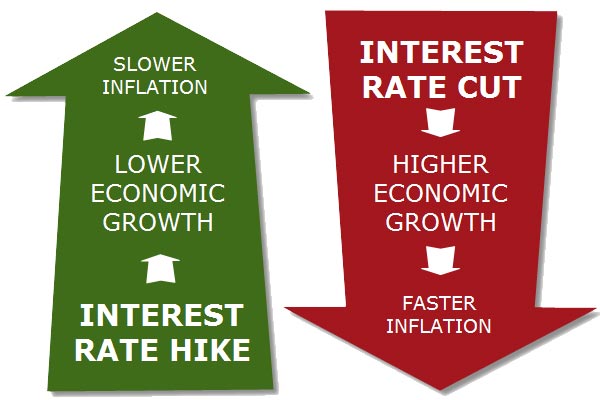
Alpari Review ❤️ 2024 Alpari Broker review and account opening guide
What you are about to read:
Alpari adheres to regulatory standards and offers educational resources, market analysis, and 24/7 customer support to clients from around the world. Whether you’re a beginner or an experienced trader, Alpari’s comprehensive services and commitment to technological advancements make it a reliable choice and one of the best forex brokers for beginners and experienced traders looking to navigate the dynamic world of trading and achieve their investment goals. In this article of Brokerland, we will provide a thorough and detailed review of this broker, examining all its services and features that matter to traders.
Alpari Broker Introduction
Alpari Broker is a well-established and globally recognized brokerage company that has been serving the needs of forex traders for several years. Founded in 1998, Alpari has emerged as a prominent player in the financial industry, offering a wide range of services to traders worldwide, including Iran.
Operating on a global scale with its headquarters in the Republic of Mauritius, Alpari provides access to the forex market and various other financial instruments for a diverse clientele. Over the years, Alpari has earned a reputation for its commitment to excellence, innovation, and customer satisfaction, making it a popular choice among traders seeking reliable and comprehensive trading solutions.
With its strong position and years of experience, this brokerage has become highly trusted, offering a multitude of tools, including binary options and forex education. Their research and analysis section is advanced and particularly useful for novice traders. Alpari also offers automated trading, as we explained in our article on artificial intelligence in forex, and actively participates in various projects and initiatives.
| 📄 Company Registration | BVI |
| 🏛 Regulation and License | FSC، CySEC |
| 🛠 Trading Instruments | 60 currency pairs, including crypto currencies, CFDs |
| 🖥 Platform | MT4 |
| 📐 EUR/USD Spread | 0.8 pips |
| ✅ Demo Account | Available |
| 💵 Base Currencies | Euro, US Dollar |
| ⚠️ Minimum Deposit | 50 Dollar |
| 🎓 Academy | Education, Research, Various Tools |
| ☎️ Customer Support | 24/5 |
An additional advantage of Alpari Broker is its involvement in various projects and charitable activities across different social initiatives. Activities such as supporting children, contributing to charitable funds, and sponsoring sports teams in disciplines like football, rugby, chess, and mountaineering hold a significant place within the company.
Is Alpari Broker safe?
Alpari is a completely legal company and brokerage that has been in operation for many years, earning a very good reputation. With its long history and transparent service offerings to millions of customers and users, this brokerage has successfully proven its lawful performance. Especially among traders, Alpari Broker has always enjoyed a very high level of popularity, and its excellent and consistent services over the years have made it an excellent and highly secure choice, well-known among traders.
Alpari Broker is an international company that holds multiple regulatory licenses, allowing it to offer its services on a global scale. Alpari has licenses from the Financial Services Authority of Saint Vincent and the Grenadines and the International Financial Services Commission of Belize. Additionally, it is a member of the Financial Commission for Forex, which is an international organization responsible for resolving disputes in the financial services industry, particularly in the forex market. This means it is an international organization tasked with handling conflicts within the financial services market, specifically in the forex sector.
Leverage
In Alpari Broker, forex trades, in addition to all the attractive features, offer a maximum leverage of up to 1:1000. In general, major forex currency pairs allow leverage levels of up to 1:500, depending on the selected trading instrument. Subsidiary currency pairs often provide leverage of up to 1:400, while commodities are set at 1:100. The table below shows the leverage ratios for major forex currency pairs in this broker’s standard accounts.
| Total Volume | leverage | Floating Margin %) |
| 0–700 000 | 1:1000 | 0.1 |
| 700 001–2 000 000 | 1:500 | 0.2 |
| 2 000 001–7 000 000 | 1:200 | 0.5 |
| 7 000 001–15 000 000 | 1:100 | 1 |
| 15 000 001–22 000 000 | 1:25 | 4 |
| 22 000 001–30 000 000 | 1:10 | 10 |
| more than 30 000 000 | 1:1 | 100 |
Despite this, remember that using leverage, as we’ve always emphasized, should be done intelligently. This is because very high leverage can work against you and significantly increase the risk of your trades.
Alpari Broker’s Trading Markets
Alpari Broker’s trading markets encompass the forex market, currency pairs, instant metals trading, CFD markets, crypto currency trading, and binary options. Additionally, you have the choice between two execution models that you want to use because Alpari offers two order options.
In the first standard option, it considers the overall position of all customer accounts. This means it will execute trades based on the market flow and using the instant execution method, where buy or sell orders are executed at the best available price.
The other option is an automated technology called ECN, which connects Alpari Broker’s servers to the ECN through the MT4 bridge. This means that a trader’s orders are executed at market prices.
Types of Accounts at Alpari Broker
Alpari Broker offers various types of accounts for trading and investment, including PAMM accounts. The available account options are tailored to meet the diverse needs of customers and are offered through a choice of platforms, including MT4, MT5, Binary, and come with varying deposit requirements and features, whether it’s standard trading or PAMM (Percentage Allocation Management Module).
Nano MT4 Trader Account:
- Margin for hedging: 50%
- Execution method: Instant Execution
- Maximum order volume, lots: 100
- Maximum open orders: 50
- Maximum pending orders: 50
- Maximum total order volume, lots: 1000
- Stop Out: 10%
- Commission: (—)
Standard MetaTrader 4 Account:
- Margin for hedging: 50%
- Execution method: Instant Execution
- Maximum order volume, lots: 50
- Maximum open orders: 500
- Maximum pending orders: 100
- Maximum total order volume, lots: Not specified (-)
- Stop Out: 20%
- Commission: (—)
Standard MetaTrader 5 Account:
- Margin for hedging: 50%
- Execution method: Instant Execution
- Maximum order volume, lots: 50
- Maximum open orders: 500
- Maximum pending orders: 500
- Maximum total order volume, lots: Not specified (-)
- Stop Out: 20%
- Commission: (—)
ECN MetaTrader 4 Account:
- Margin for hedging: 50%
- Execution method: Instant Execution
- Maximum order volume, lots: 100
- Maximum open orders: 1500
- Maximum pending orders: 300
- Maximum total order volume, lots: Not specified (-)
- Stop Out: 60%
- Commission: (—)
Pro ECN MetaTrader 4 Account:
- Margin for hedging: 50%
- Execution method: Instant Execution
- Maximum order volume, lots: 100
- Maximum open orders: 1500
- Maximum pending orders: 300
- Maximum total order volume, lots: Not specified (-)
- Stop Out: 60%
- Commission: $16 for every 1,000,000 USD
ECN MetaTrader 5 Account:
- Margin for hedging: 50%
- Execution method: Instant Execution
- Maximum order volume, lots: 100
- Maximum open orders: 1000
- Maximum pending orders: 300
- Maximum total order volume, lots: Not specified (-)
- Stop Out: 60%
Commission: $16 for every 1,000,000 USDAt Alpari Broker, you can trade in the forex market with any amount of funds in your account, as there is no requirement for a minimum deposit. This is one of the standout features of this broker. Additionally, there is a demo or trial account available, which traders can use instead of a real forex account. Beginner traders can practice through a demo account, gaining sufficient expertise before engaging in real market trading, which helps minimize risks. The table below provides details of the types of accounts and their specifications:
| Account Type | Base Currency | Trading Platform | Minimum Balance (USD, EUR) | Leverage | Instruments: Currency Pairs / Metals / CFDs |
| Nano MT4 | USC (USD cents) EUC (EUR cents) |
MetaTrader 4 | 0 | 1:500 | 33 / 2 / 0 |
| standard.mt4 | USD, EUR | MetaTrader 4 | 20 | 1:1000 — 1:10 | 33 / 2 / 25 |
| standard.mt5 | USD, EUR | MetaTrader 5 | 100 | 1:1000 — 1:10 | 33 / 2 / 25 |
| ecn.mt4 | USD, EUR | MetaTrader 4 | 300 | 1:3000 — 1:2 | 46 / 2 / 44 |
| pro.ecn.mt4 | USD, EUR | MetaTrader 4 | 500 | 1:3000 — 1:2 | 46 / 2 / 55 |
| ecn.mt5 | USD, EUR | MetaTrader 5 | 500 | 1:3000 — 1:2 | 46 / 2 / 58 |
Opening an Account with Alpari Broker – Step by Step Guide
For your convenience, here’s a step-by-step guide on how to open an account and register with this broker.
Step 1: On the Alpari homepage, click on the “open account” option.
Step 2: In the registration section, enter the required information. Make sure that the spelling of your name and surname in English matches your passport.
Step 3: Enter your nationality.
Step 4: Click on the “Get Code” button and enter the verification code sent to your email in the information entry step.
Step 5: After entering the registration code, your registration with Alpari is complete, and this will be your user dashboard. To open an account, go to the right-hand dropdown menu and select “Open Forex Account” from the “Account Opening” section.
Step 7: In the “Open an Account” section, select the type of account you want, whether it’s a real or demo account, and choose your preferred platform, such as MetaTrader 4 or 5. Also, specify the account currency, either USD or EUR. Finally, click on “Open Account,” and your account will be created.
Step 8: After opening your account, you will see the message below in the box, and you can proceed to fund your account.
Commissions of Alpari Broker
Alpari offers two types of execution, standard or direct market access (ECN), which will determine the applicable spreads, starting from 0.0 pips, depending on your chosen method. For a comprehensive understanding of the commissions, it’s important to consider budgetary fees, inactivity fees, or other charges. The table below outlines the commissions of Alpari Broker.
| Commissions | Alpari |
| Deposit Fees | No |
| Withdrawal Fees | No |
| No Inactivity Fees | Yes |
| Commission Rating | Low |
Spreads
Alpari’s trading commissions, which are embedded in the spreads, are classified as highly competitive compared to other market offerings. However, you can compare Alpari’s spreads with those of FP Markets. The trading commissions for standard accounts are visible in the table below.
| Asset | Alpari Spread | Pepperstone Spread | GMI Spread |
| EUR/USD Currency Pair | 1.1 pips | 0.2 pips | 1 pip |
| West Texas Intermediate (WTI) Crude Oil | 1 pip | 8 pips | 5 pips |
| Gold | 4 pips | 1.4 pip | 3 pips |
| Bitcoin (BTC) | 21.2 pips | 10 USD | 626 pips |
Overnight Trades
If an order is held for more than one day, you should always consider the cost of overnight trades. For example, shorting the EUR/USD currency pair will cost you 0.65, and holding a long position of 1.31 pips will incur charges.
Methods of Depositing and Withdrawing at Alpari Broker
Let’s assume you need to finance a real trading account, not a demo, for commission-free deposits. In that case, you can choose from the primary payment options along with special offers from the company. However, keep in mind that some payment options might have certain conditions or fees associated with them. Therefore, make sure to check the available payment methods in your region with customer support.
The deposit methods for your account include:
- Bank transfers
- Credit or debit cards
- Electronic payments like Skrill, Neteller, WebMoney, eBanking, and FasaPay
Additionally, traders at Alpari can transfer funds between accounts in USD, EUR, and gold without incurring any fees. The minimum deposit amount starts at $0 for Nano MT4 accounts and ranges from $20 to $500 for ECN accounts.
deposit or withdraw using cryptocurrencies
To deposit or withdraw using cryptocurrencies at this broker, you can select the “Crypto” option from the payment menu in your personal cabinet.
Then, choose the amount of Tether (USDT) that you want to use for your payment.
If you intend to make a deposit, after specifying the amount, the broker will display a wallet address for you. You need to transfer the funds from your wallet to this address.
If you intend to make a withdrawal, after specifying the desired amount, you can select your preferred crypto currency such as Bitcoin or Tether, and then enter the address of your crypto currency wallet, where you want the funds to be transferred to, in the designated field.
Trading Platforms
Alpari offers the most popular and well-known trading platform, MT4, along with its advanced MT5 platform. It doesn’t matter which platform you choose because you can easily place various forex orders on both platforms. Available versions for personal computers, Android, or iOS devices can provide income opportunities from anywhere.
In fact, there’s not much need for elaboration on MT4, as millions of traders worldwide choose this platform for its performance and comprehensive features. Additionally, unlimited Expert Advisors (EAs) are allowed on Alpari, making it appealing to traders with any trading style.
However, some traders prefer the latest generation of the popular previous version, which is the MT5 platform. This platform can provide additional tools with enhanced functionalities for market analysis, making trading even more efficient.
The latest platform, but not the least important one, is the binary trader, specifically developed by Alpari for binary trading. This binary trader offers a user-friendly and straightforward platform, allowing trading via a smartphone application. Therefore, traders of any experience level and capital can open an account and trade effectively with this brokerage. Alpari has offered a range of platforms to cater to different trading strategies and overall trading needs.
 customer support
customer support
Alpari has designed a truly dedicated customer support system for its traders. For instance, newcomers to the forex market can enroll in one of the investment education courses. These forex training courses not only teach the fundamental principles of forex but also various analysis techniques and patterns like harmonic patterns. These educational offerings can provide unique insights to investors. For example, how to avoid common investment pitfalls or minimize their losses.
Furthermore, Alpari offers extensive analytical and research support through reliable resources. Some of these resources include fundamental analysis provided by forex economic calendars like Trading Central and Autochartist forex signals.
Summary
In summary, the long history of Alpari as a broker, which we thoroughly examined in this article, demonstrates that it has overcome multiple crises and tough periods. Nevertheless, it has managed to provide its global services to hundreds of thousands of customers worldwide. The Alpari brand, despite recent regulatory licensing issues, holds a truly reputable position among forex providers. With all these considerations, we can recommend this broker as a reliable choice for your trading.
Alpari’s solutions cater to various traders’ needs with different execution types and diverse tools. Additionally, Alpari broker showcases excellent learning and support capabilities. Moreover, cashback options, etc., are equally accessible with various Alpari generous programs. This is undoubtedly a positive point for the company and for you as a trader.
Pros:
- Regulated by FCA
- Operating since 1998
- Easy deposit and withdrawal in local currency
- No commission for trading
- Segregated client funds
- PAMM platform and copy trading
Cons:
- Limited educational resources
- Lack of advanced trading tools
Frequently Asked Questions
Is Alpari a regulated broker?
Yes, Alpari is regulated by the Financial Conduct Authority (FCA). This financial organization is one of the most reputable regulatory bodies overseeing forex brokers and imposes strict regulations on brokers’ activities.
Is Alpari a trustworthy broker?
Yes, this Alpari review significantly focuses on the broker’s reliability and platform security. Alpari is not only trustworthy and secure but also highly regulated. The company has sufficient capital to support its traders, provides advanced security measures, and keeps client funds segregated.
How can I withdraw money?
According to the review, there are no withdrawal restrictions with Alpari. However, depending on your chosen withdrawal method, there might be minor commissions or fees associated with withdrawals.
Does Alpari offer deposits and withdrawals in the local currency?
Yes, you can easily deposit and withdraw funds in your local currency through the financial section in your user panel.


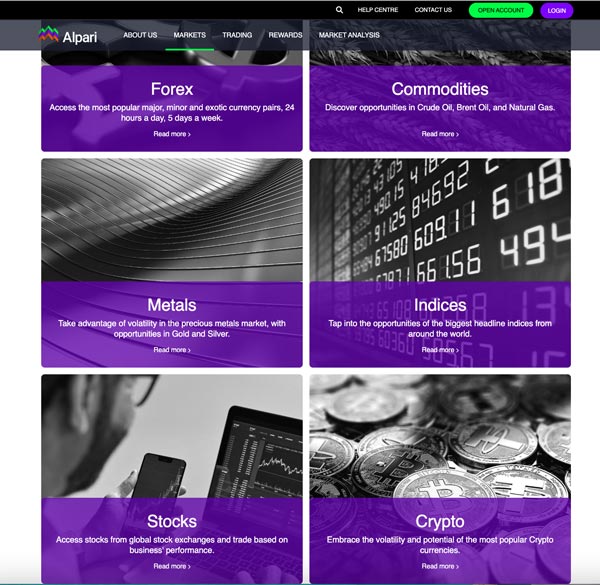

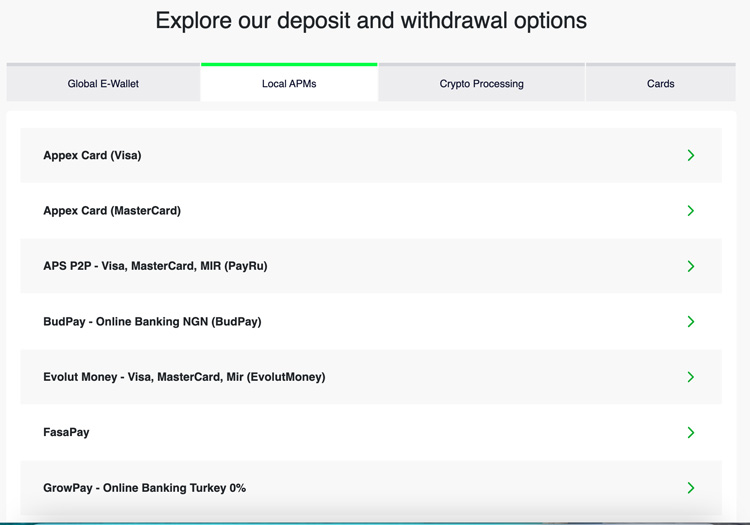

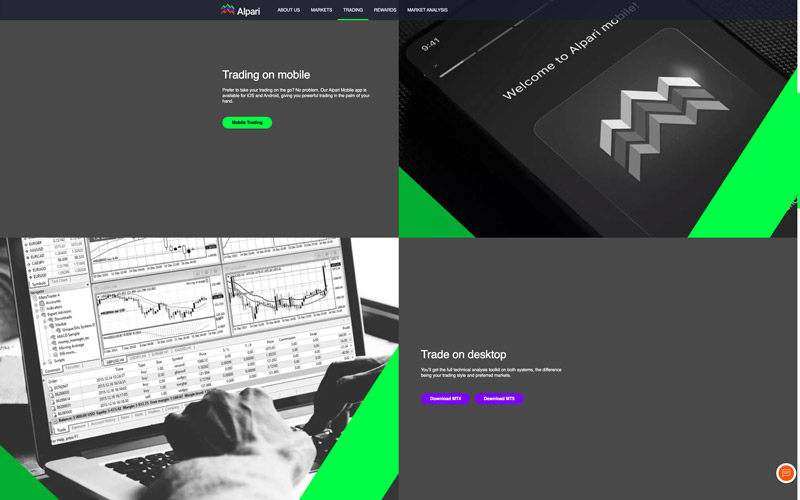 customer support
customer support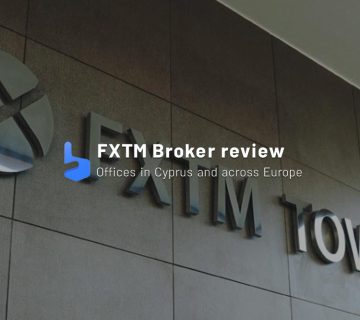
 Headquarter
Headquarter Regulation
Regulation Trading Platfrom
Trading Platfrom Trading Instruments
Trading Instruments EUR/USD Spread
EUR/USD Spread Demo account
Demo account Minimum Deposit
Minimum Deposit Customer Service
Customer Service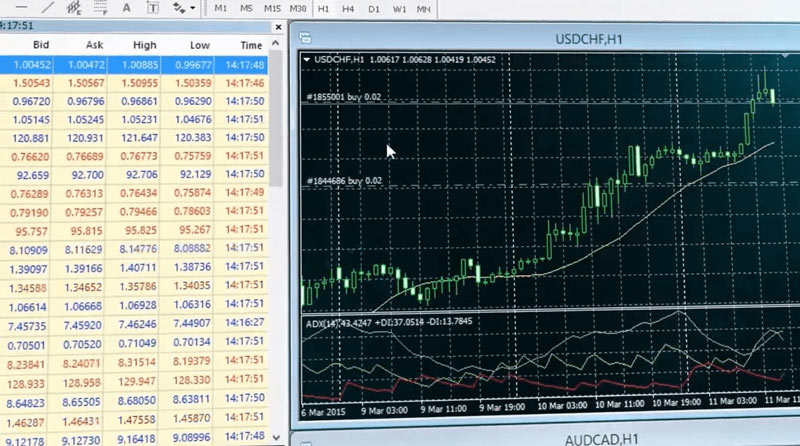 Desktop Platform
Desktop Platform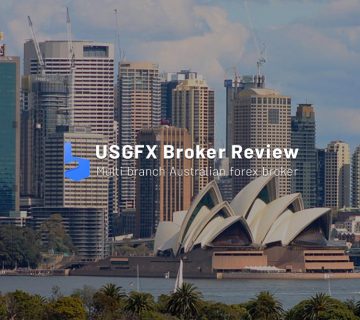
 Education
Education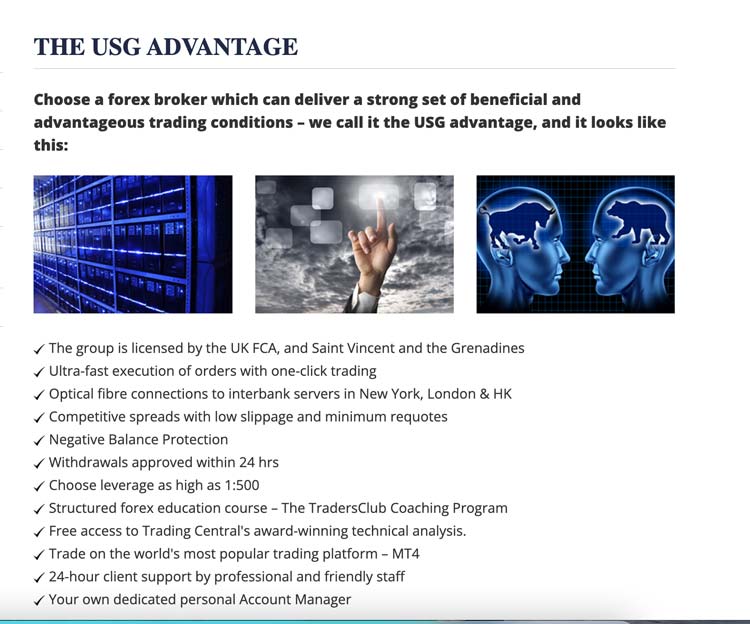


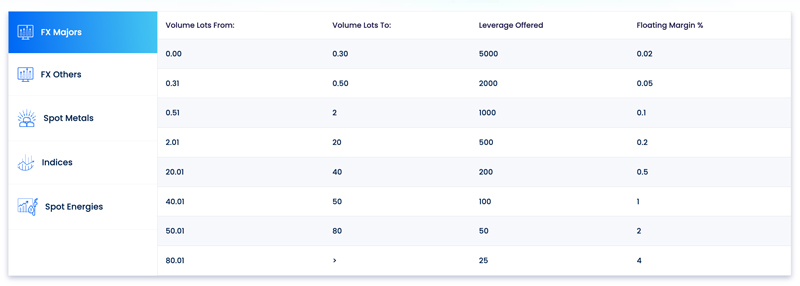 Leverage for Other Pairs
Leverage for Other Pairs Trading Platforms at Capital Extend
Trading Platforms at Capital Extend 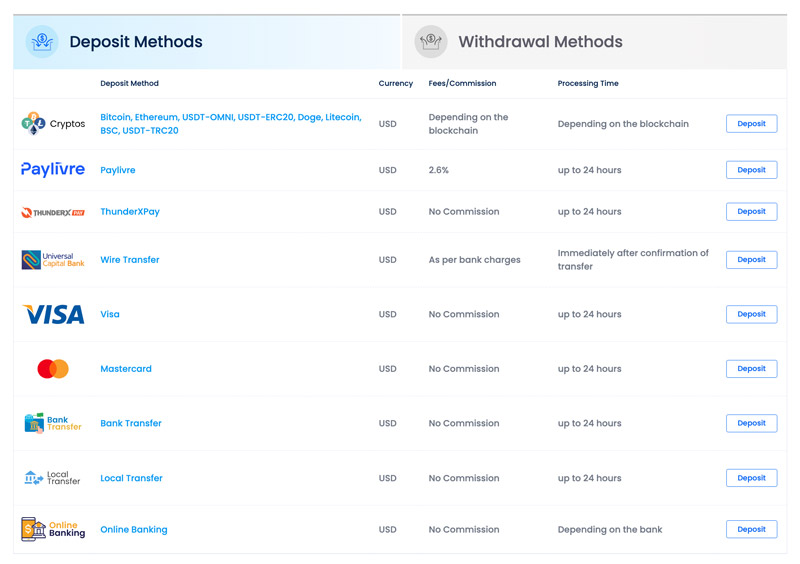
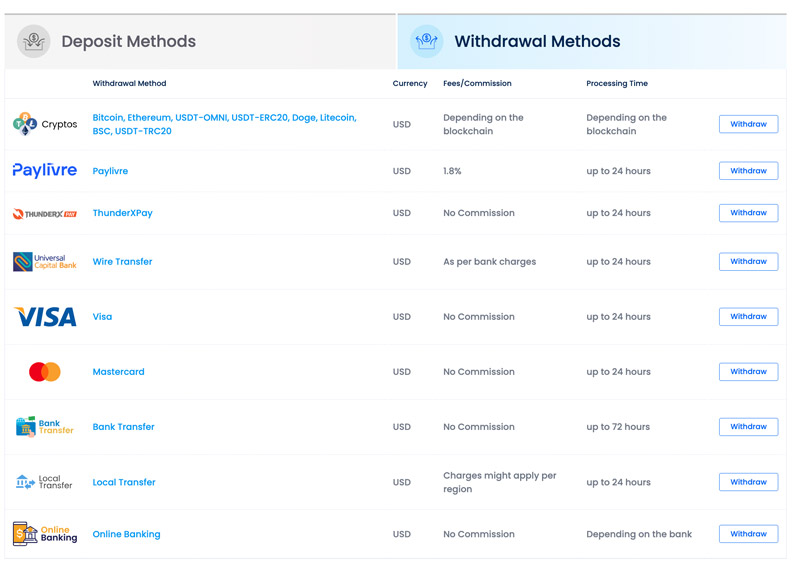

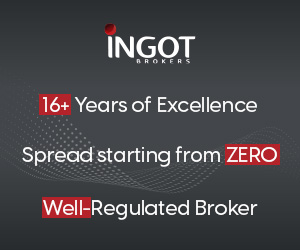
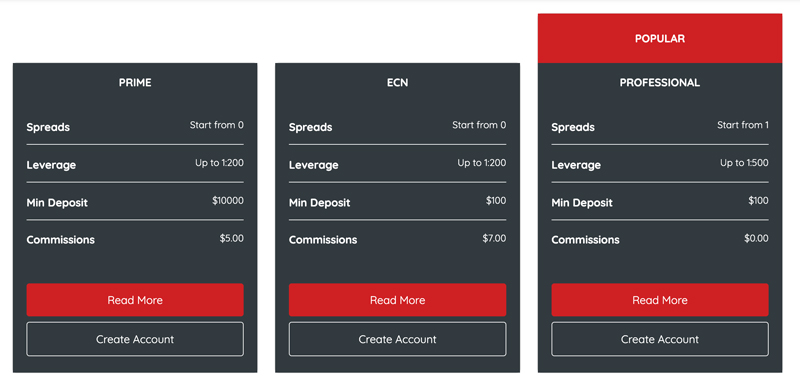
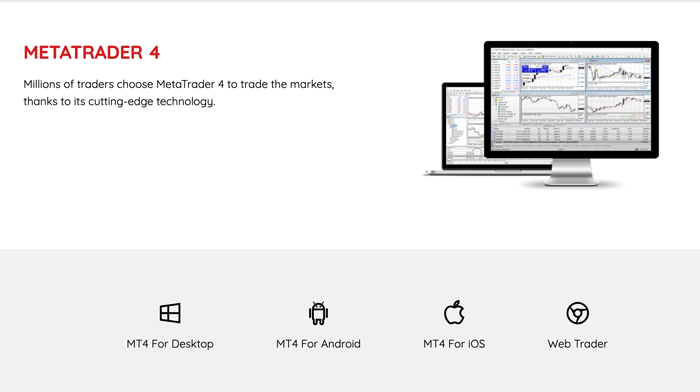
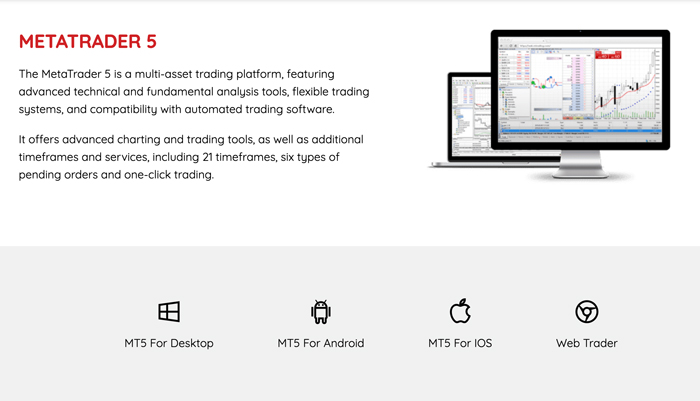


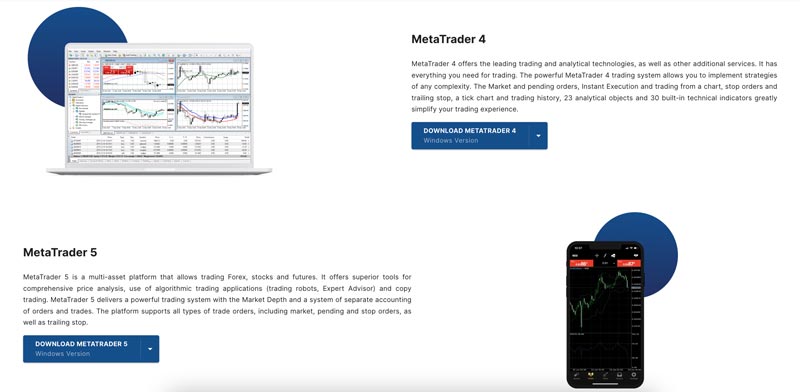
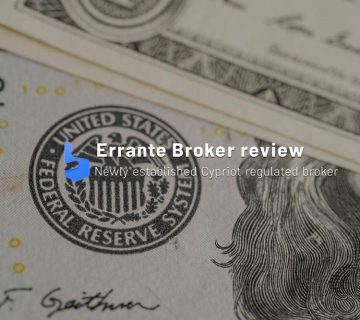


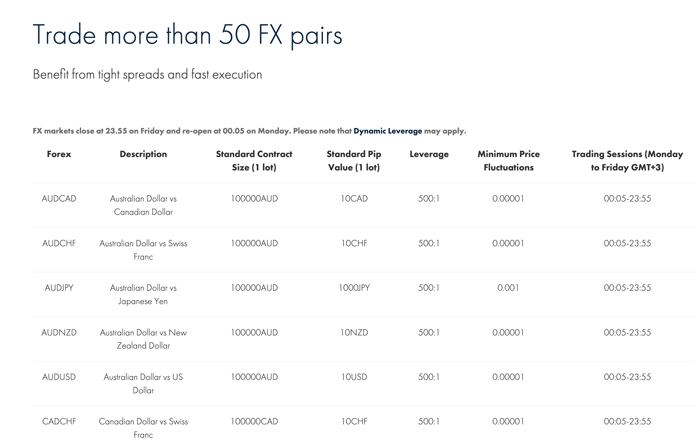
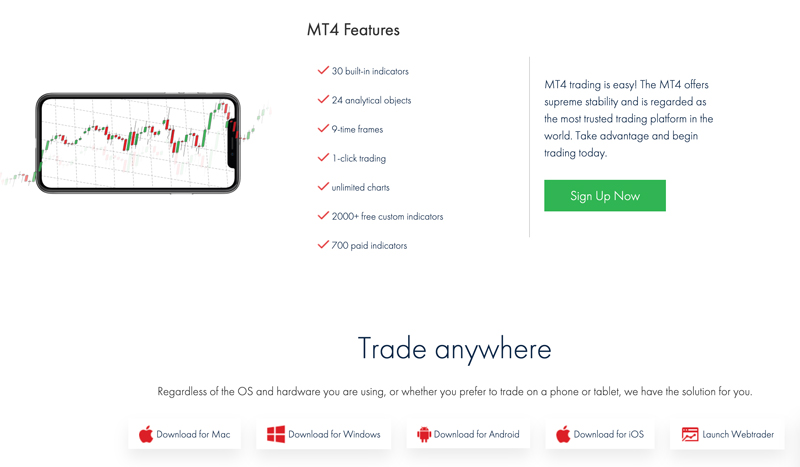
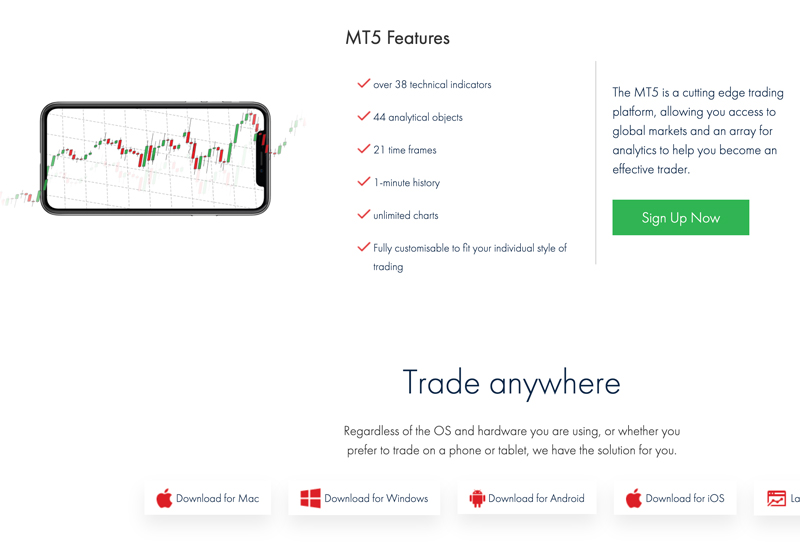

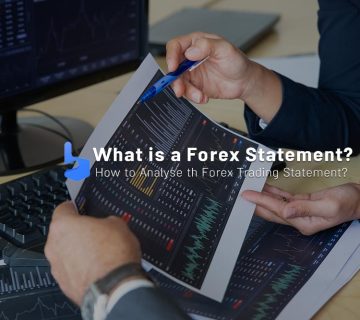
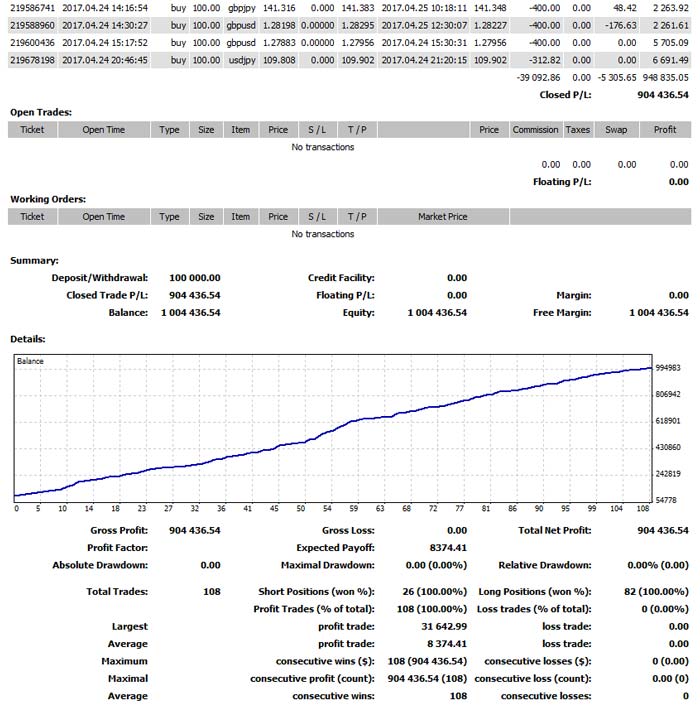
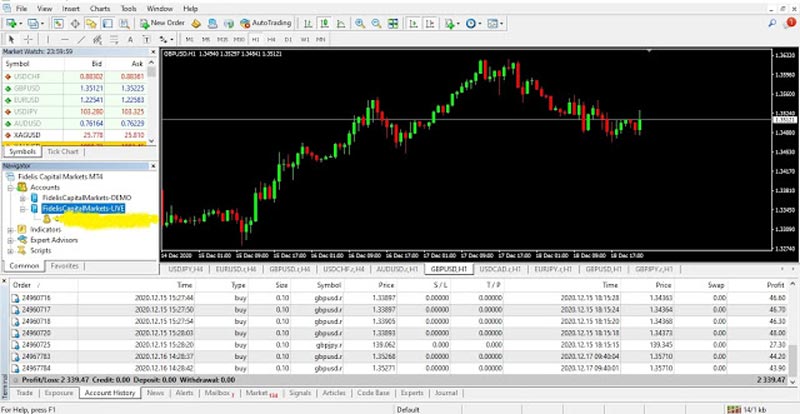
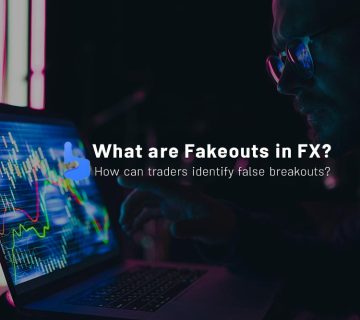



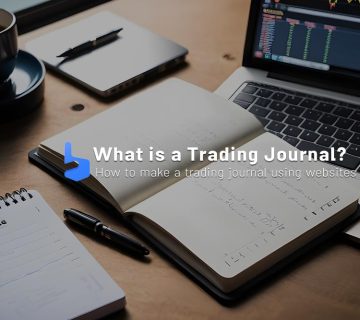
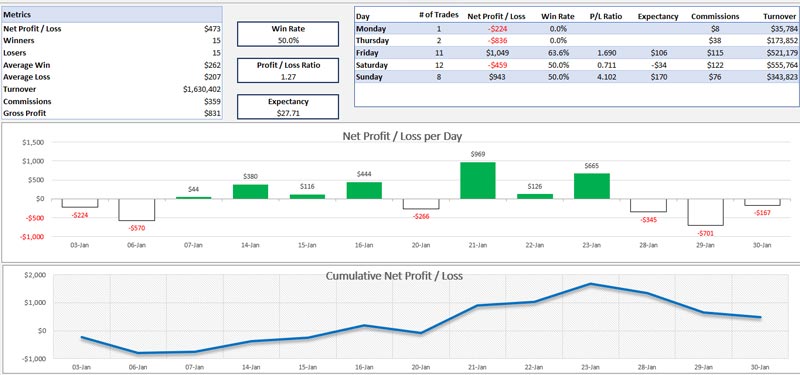
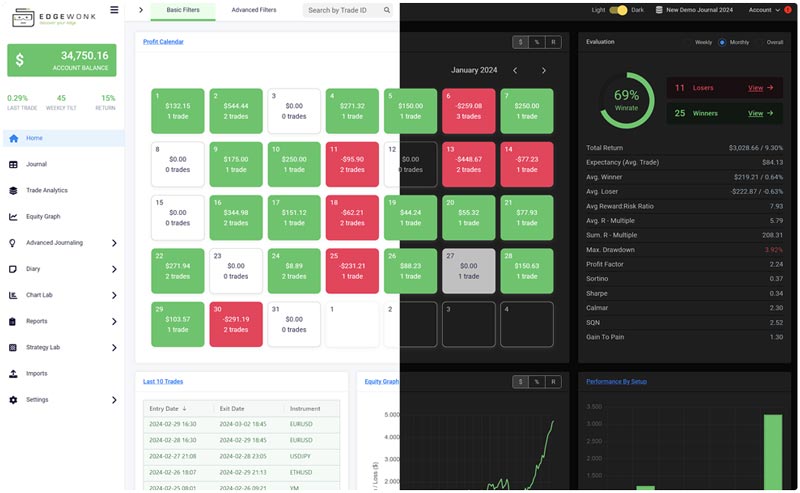
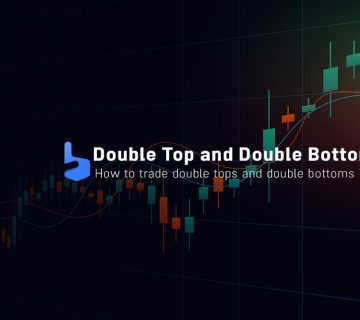






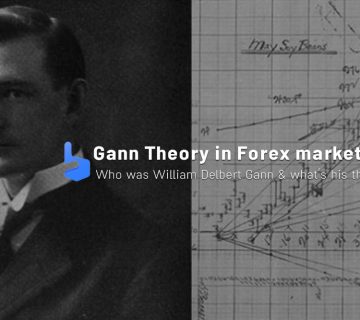

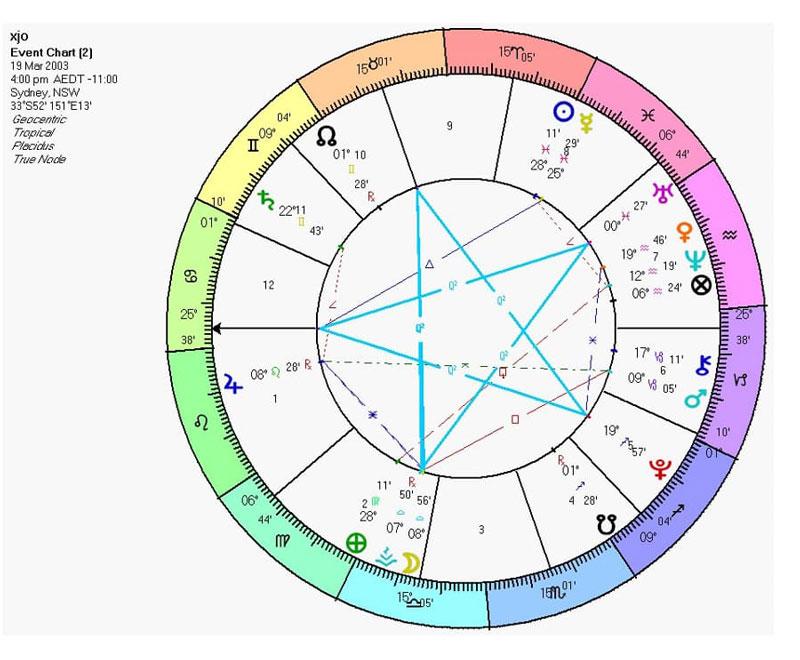





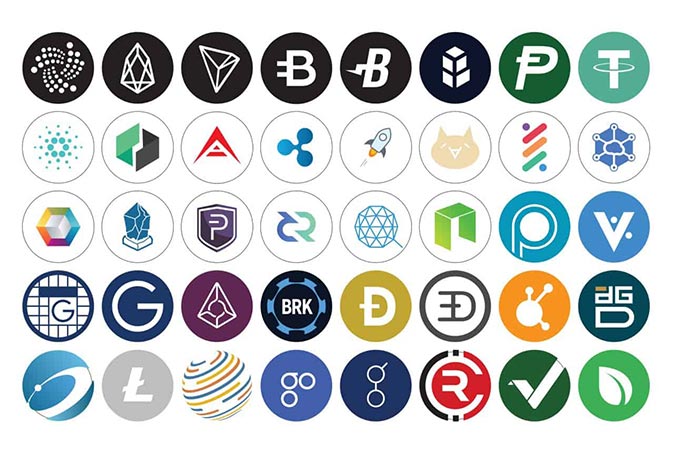




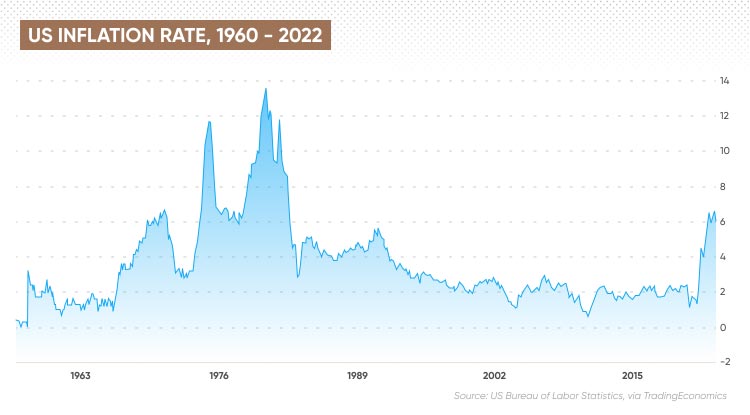
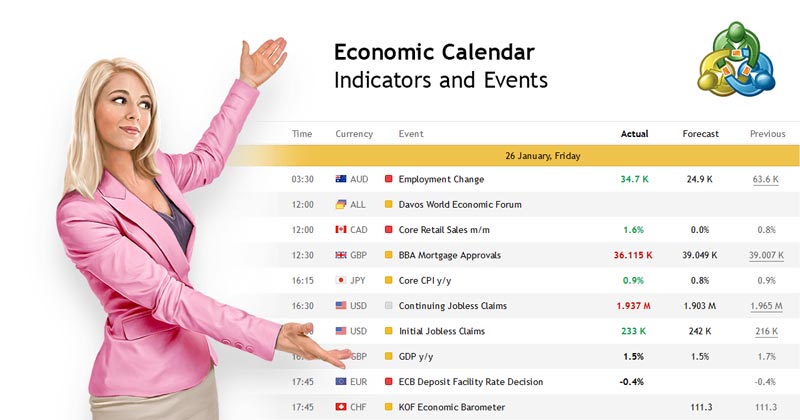 Government websites: Many government organizations, such as the US Bureau of Labor Statistics or the UK Office for National Statistics, regularly publish inflation rate data and economic indicators. These websites are credible sources for official inflation announcements.
Government websites: Many government organizations, such as the US Bureau of Labor Statistics or the UK Office for National Statistics, regularly publish inflation rate data and economic indicators. These websites are credible sources for official inflation announcements.

